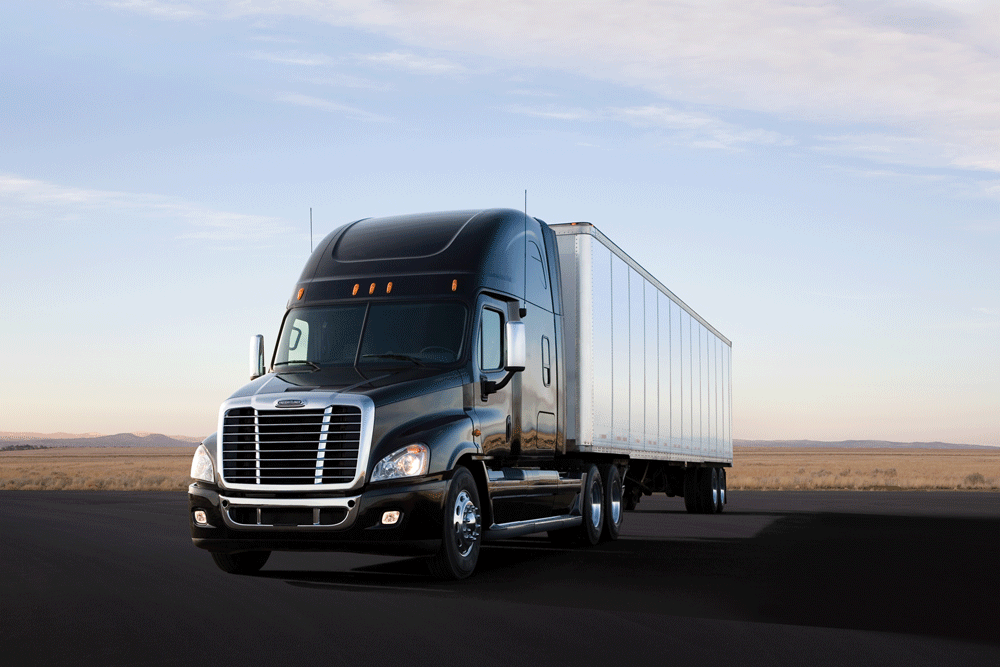
AI Offers Both Benefits and Challenges to Fleets
Last year, FleetOwner posted a blog on how an increasing number of fleet managers acknowledges turning to artificial intelligence (AI) as a way of improving safety, efficiency, and profitability. However, with the onset of ChatGPT and other AI advancements, people are now looking at AI with a touch of concern. No one is predicting that “The Terminator” will suddenly become a reality, but they are questioning the level of autonomy this technology will have and what that means for employers and employees alike.
The FleetOwner blog references a multinational survey by fleet technology company, Samsara, which found that 9 out of 10 fleet operations leaders surveyed “have or plan to implement more AI and automation technologies by next year to increase safety and reduce repetitive worker tasks.” I wanted to explore further how our industry has benefitted from this technology as well as what challenges still exist.
How AI is benefitting fleets
Greater efficiency in route optimization – Given its access to real-time data, AI’s algorithms can minimize delivery times and reduce fuel consumption. This is accomplished by AI’s ability to analyze variables like traffic patterns and weather conditions (among other issues) to identify the most efficient routes. As a result, companies realize cost savings and reduced carbon emissions (a key factor when considering GHG and ESG regulations).
Improved predictive maintenance – The worst thing for a fleet is downtime, especially when it’s due to breakdowns that could be avoided with properly scheduled predictive maintenance (PM). Being able to treat vehicle issues before they turn into on-the-road breakdowns not only ensures safer trips for drivers as well as others on the road; it also can optimize the truck’s lifespan. AI-driven PM solutions monitor the condition and health of trucks in real-time by analyzing sensor data and historical performance to detect potential issues before they get worse.
Increased safety – For all of us in the industry, safety is paramount. AI has been playing a significant role in increasing driver safety…and consequently the safety of everyone on the road. Numerous companies now offer advanced driver-assistance systems (ADAS) which use AI to warn drivers of dangers on the road, detect potential hazards, and even take corrective actions in emergency situations. The industry has adopted many of the technologies that passenger cars have been using for years, including automatic emergency braking, lane departure warnings, and adaptive cruise control. These functions have proved to reduce accidents and save lives.
Better supply chain management – As a recent article in TankTransport notes, “AI-based logistics solutions are streamlining supply chain management and driving significant improvements in efficiency.” The ability to optimize scheduling and track shipments in real-time ensures greater delivery date compliance, increased customer satisfaction, and increased profitability. In addition, these systems can predict potential issues before they arise, alerting fleet managers who can then deal with the situation while keeping shippers and customers informed of any potential delay.
Ensured GHG compliance – It’s hard to dispute that natural disasters are getting worse and more frequent. That is the reason that sustainable trucking is becoming more of an issue than ever, especially with CARB and other current and anticipated future regulations. Optimizing fuel consumption and reducing emissions is at the very core of what AI-driven systems can do. Obviously EVs will make a major transformation in emissions but major adoption of non-ICEs for the over-the-road fleets is still a way off.
How AI is challenging fleets
Job insecurity – Employees keep hearing stories and seeing realities that make them question what their future looks like. An auto or truck manufacturing plant that once employed thousands of men and women now can do the job with robots taking up most of the tasks. The International Federation of Robotics estimates that one million robots are now being used globally in car manufacturing. But in today’s world, manufacturing is only one area where employees are concerned. As far as overall job loss to AI, the estimate is that as many as 300 million jobs globally will be replaced by AI and automation. However, many employees may find their tasks will change, from simply doing repetitive tasks to being able to involve themselves in more strategic endeavors that will increase company productivity and profits. In this area only time will tell.
Driver privacy concerns – Although I’m listing this as a challenge it’s really a good news-good news issue. No company wants unsafe drivers behind the wheel, yet drivers don’t like the feeling that Big Brother is watching them. A recent article in Fleet Equipment notes that AI can use “machine-learning algorithms to monitor driver behavior and the real-time feedback will alert fleet managers which drivers, whether due to distracted driving, speeding, or other behaviors, may need additional training to improve driver performance. ” The ability to monitor each driver’s driving patterns is essential for fleets when considering the company-breaking practice of nuclear verdicts. But as the Fleet Equipment article acknowledges, not every driver has an issue so attention should focus on specific drivers. Using drowsiness as an example the article notes, “if only 2% of your drivers are drowsy, you really don’t want to do a broad ‘Hey everybody, stop being drowsy’ campaign because 98% of your drivers are awake.”
Cybercrime and data breaches – The more a company relies on AI and data, the more of a target it becomes for bad actors. It’s not just the data breaches affecting company’s revenues and private information that’s concerning. It’s also the ability to hack into and breach security in the vehicles themselves which is a frightening thought. Ensuring security will be a rapidly growing industry as more AI-enabled systems, vehicles, and products are in use. Fleets will need to implement robust cybersecurity measures along with training employees in how to detect and prevent breaches.
Upfront investment costs – There’s no question that new technology is costly which can be quite challenging for smaller fleets. Even though, eventually, improved efficiency and reduced operational costs will prove a positive ROI, many fleets are already facing rising costs in diesel and parts which makes them reluctant to invest in something that may not be profitable for years. To be honest, there will be a point where fleets won’t have a choice but to invest in AI and automation.
Risks from technology – This is what’s keeping some fleet managers from speeding ahead to implement the latest technology. As we’ve recently seen with some of the controversy over chatbots, some AI has not reached the level of maturity where it can be trusted without human oversight. A US eating disorder chatbot was taken down after it was shown to give harmful advice. NPR noted that a reporter carrying on a text conversation with Bing’s AI was personally insulted and verbally abused by the AI. Autonomous trucks, which are operating in only very small numbers, present their own set of risks that have yet to be adequately addressed legally and ethically.
AI for fleets is not a matter of “if” but “when.” That’s why companies need to realize and plan for the benefits and challenges that will accompany the implementation of the technology. Proactively addressing these challenges will go a long way towards developing a safer, more efficient and profitable organization.
About Jane Clark
Jane Clark is Vice President of Member Services for NationaLease. Before joining the full service truck leasing organization, she served in executive positions with some of the nation’s top staffing and recruitment agencies.




